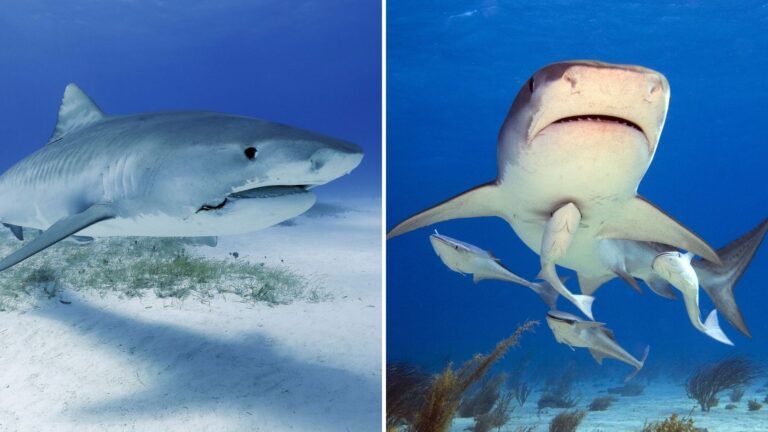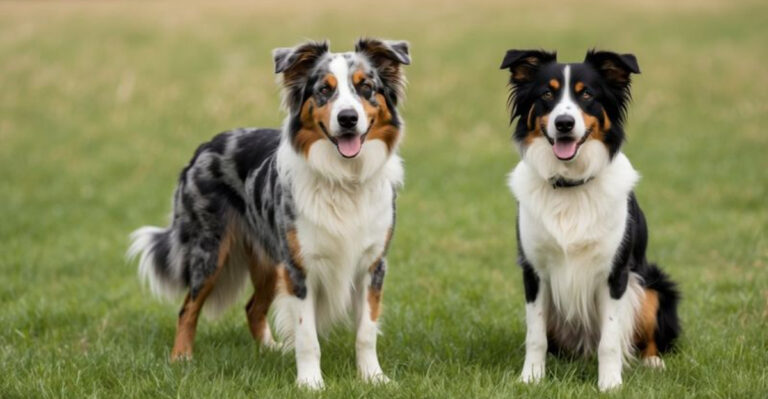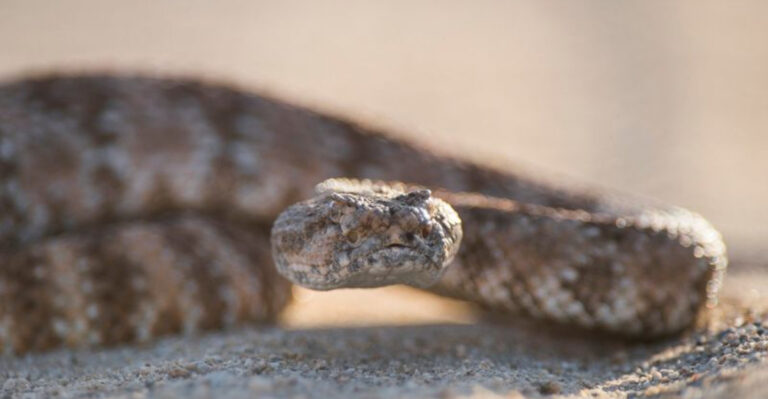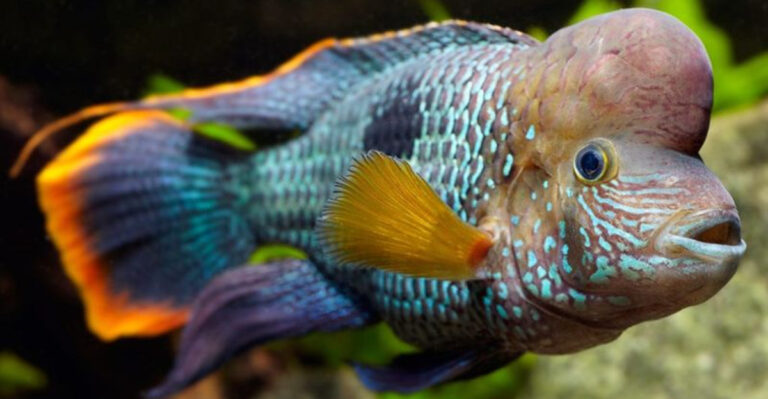34 Surprising Ways Humans And Animals Are More Alike Than You Think
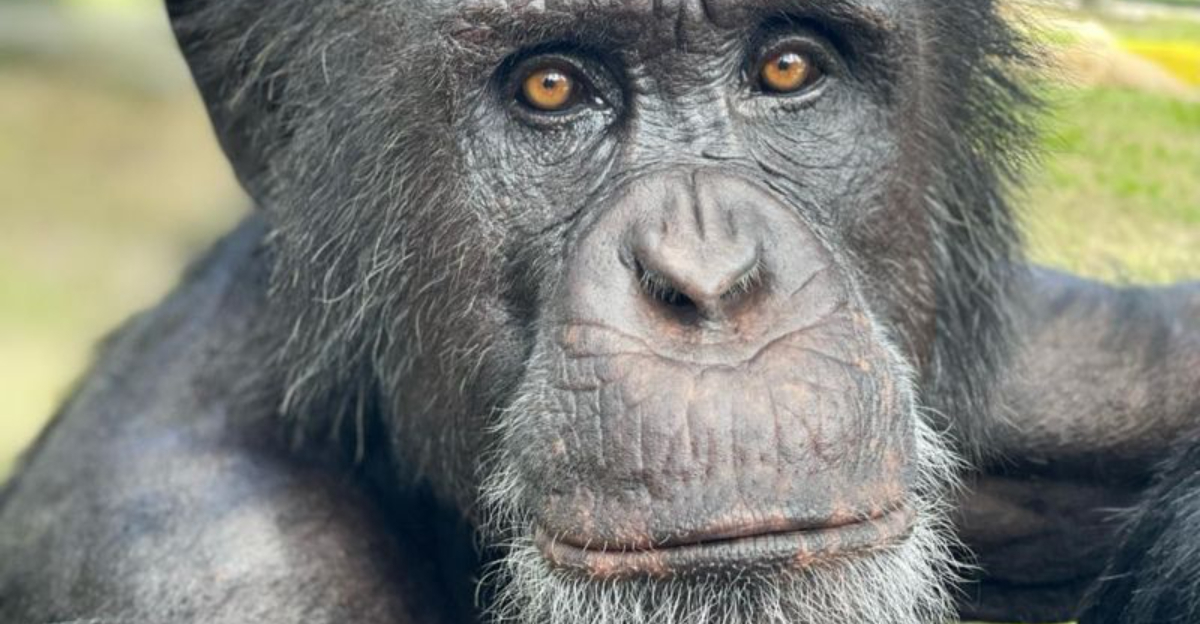
Exploring the connections between humans and animals reveals fascinating similarities that highlight our shared evolutionary paths.
From communication and social structures to emotions and survival instincts, these parallels offer insight into the complex web of life on our planet.
1. Use Of Humor
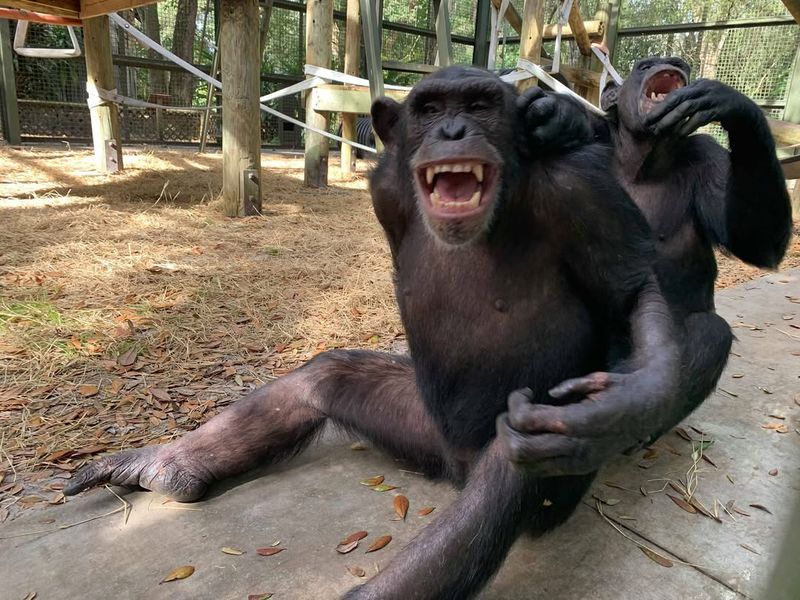
Some animals, such as primates, engage in play that seems to have a humorous or teasing component, showing an awareness of social dynamics and enjoyment.
Just like humans, these creatures can experience joy and use humor as a bonding tool with others.
2. Grief And Mourning
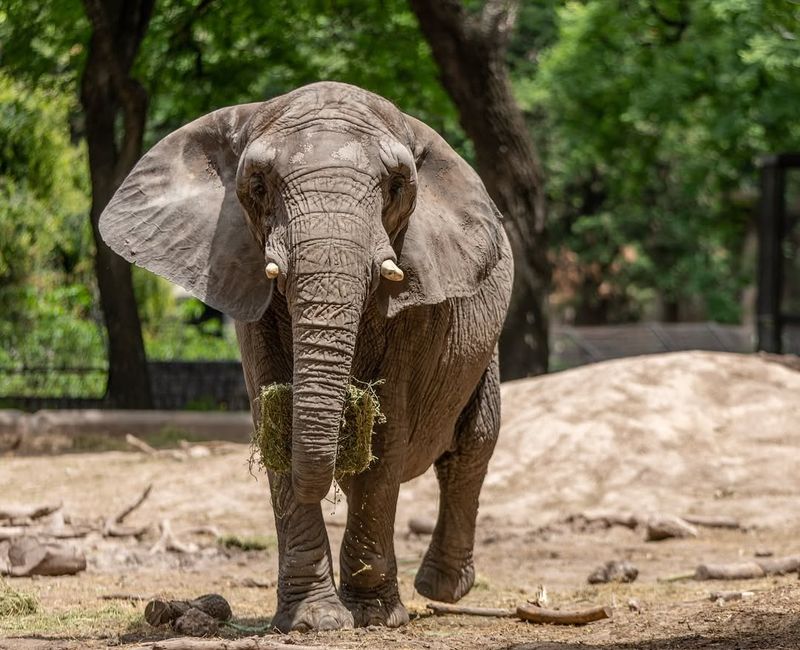
Many animals, like elephants and dolphins, show signs of mourning the loss of a loved one, similar to human expressions of grief.
They may engage in quiet behaviors, protect the body, or stay near the deceased, demonstrating emotional attachment and loss.
3. Emotional Expressions
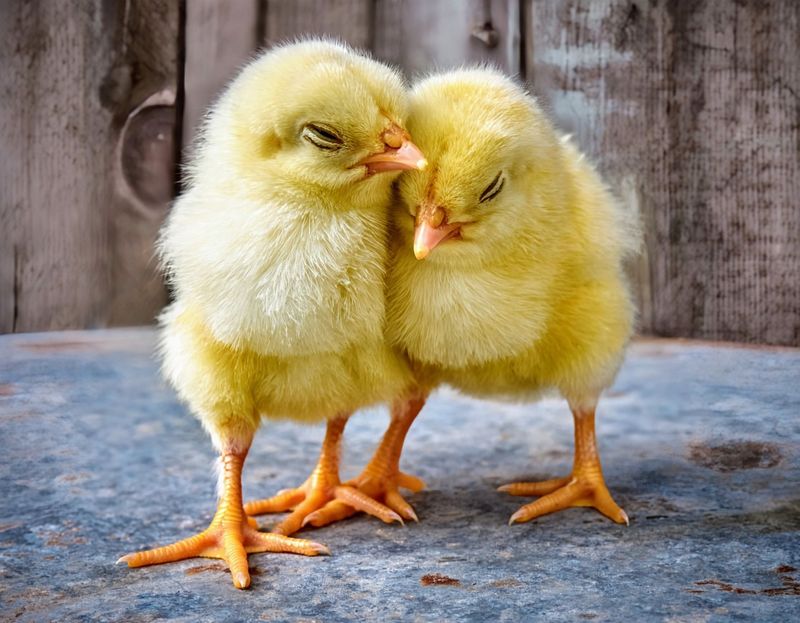
Humans and animals both exhibit emotional expressions that play a crucial role in communication. Chimps, for example, show emotions like happiness and surprise through facial expressions, much like humans do.
This ability to convey feelings visually helps in social bonding and understanding. In the animal kingdom, these expressions are vital for survival, indicating trust, aggression, or submission.
In humans, they are key to empathy and building relationships. The subtle nuances in emotional displays can reveal inner feelings and intentions.
4. Tool Use
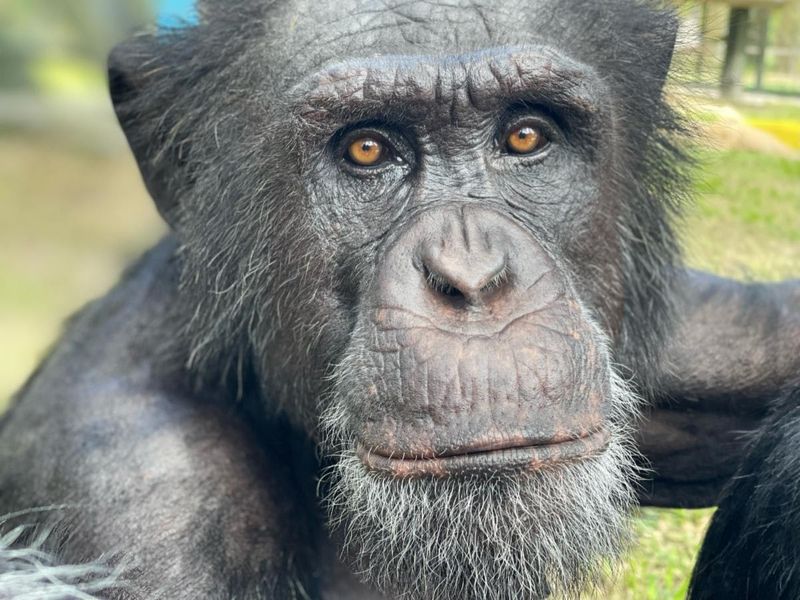
The use of tools is a fascinating similarity between humans and some animal species. Both human ancestors and modern primates like chimpanzees use sticks, rocks, and other objects to accomplish tasks, such as cracking nuts or fishing for termites.
This behavior indicates not only intelligence but also the ability to problem-solve and adapt to the environment. In humans, tool use has evolved into complex technologies that shape our world.
5. Social Structures
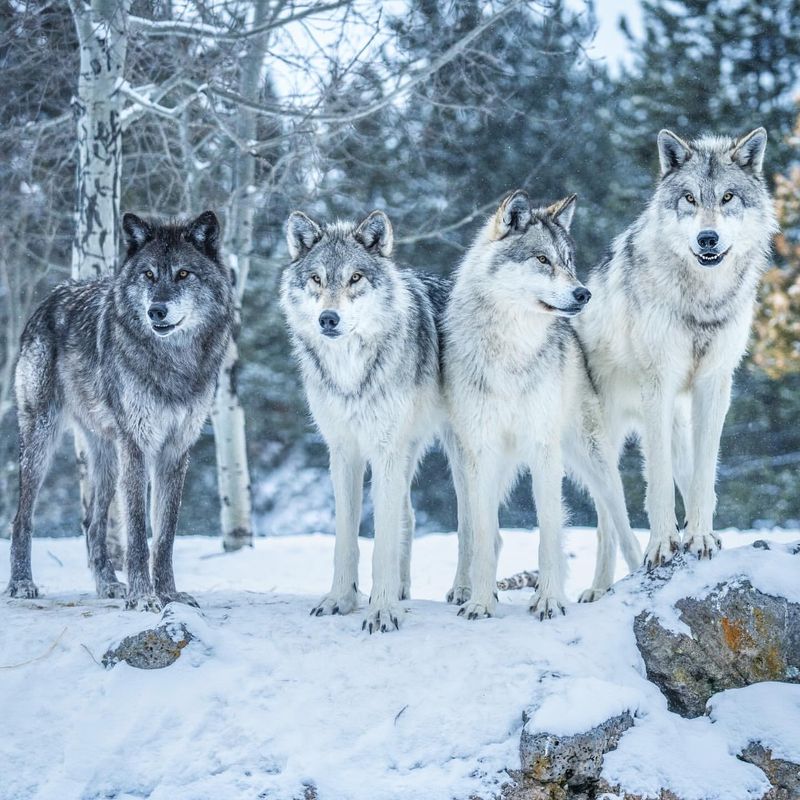
Social structures in humans and animals reveal striking similarities in the way societies are organized. Animals such as elephants, wolves, and primates form tight-knit groups or families that work together for mutual benefit.
These structures provide protection, support, and a framework for nurturing young members. In humans, social bonds and family units are foundational to cultures and communities.
6. Communication Methods
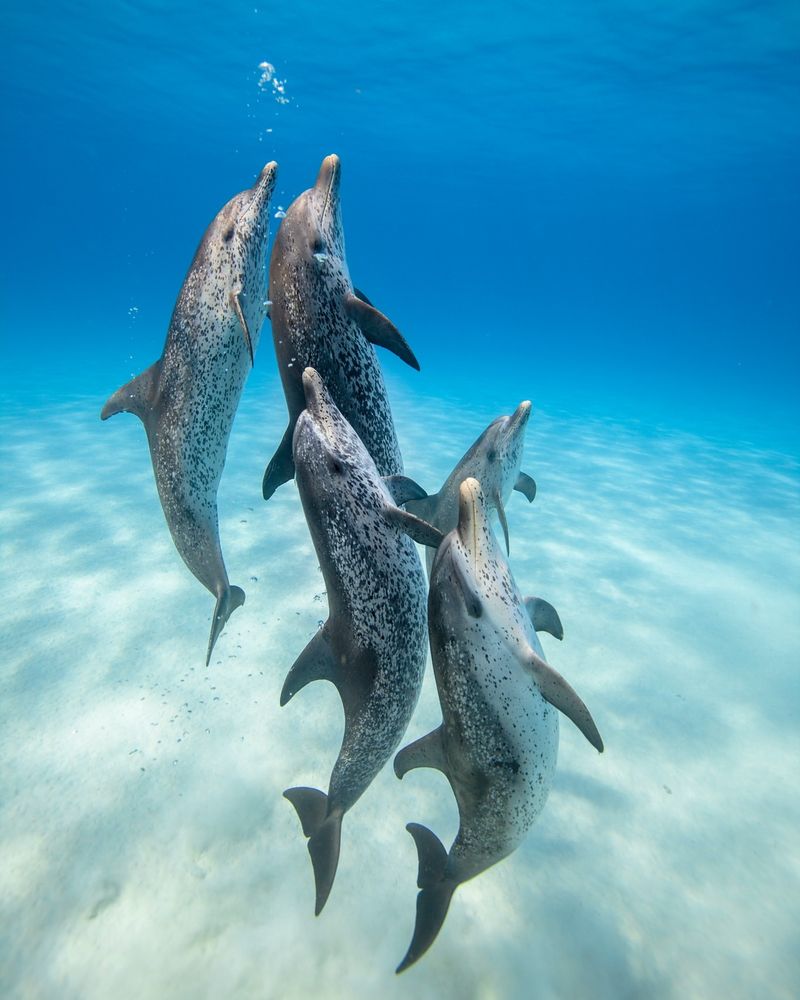
Communication is a vital aspect of life for both humans and animals. While humans use complex language, animals like dolphins, birds, and bees employ various methods to convey information.
Dolphins, for example, use sonar and vocalizations to communicate underwater, reflecting a sophisticated level of interaction. Human communication, with its diverse languages and technologies, showcases our advanced cognitive abilities.
7. Play Behavior

Play is a behavior observed in both humans and animals, serving as a tool for learning and development. Children engage in play to explore their environment, develop social skills, and exercise creativity.
Similarly, young animals like orangutans and dolphins play to learn hunting skills, establish social bonds, and practice motor skills. Play fosters physical and mental growth, preparing both humans and animals for adult challenges.
8. Parental Care
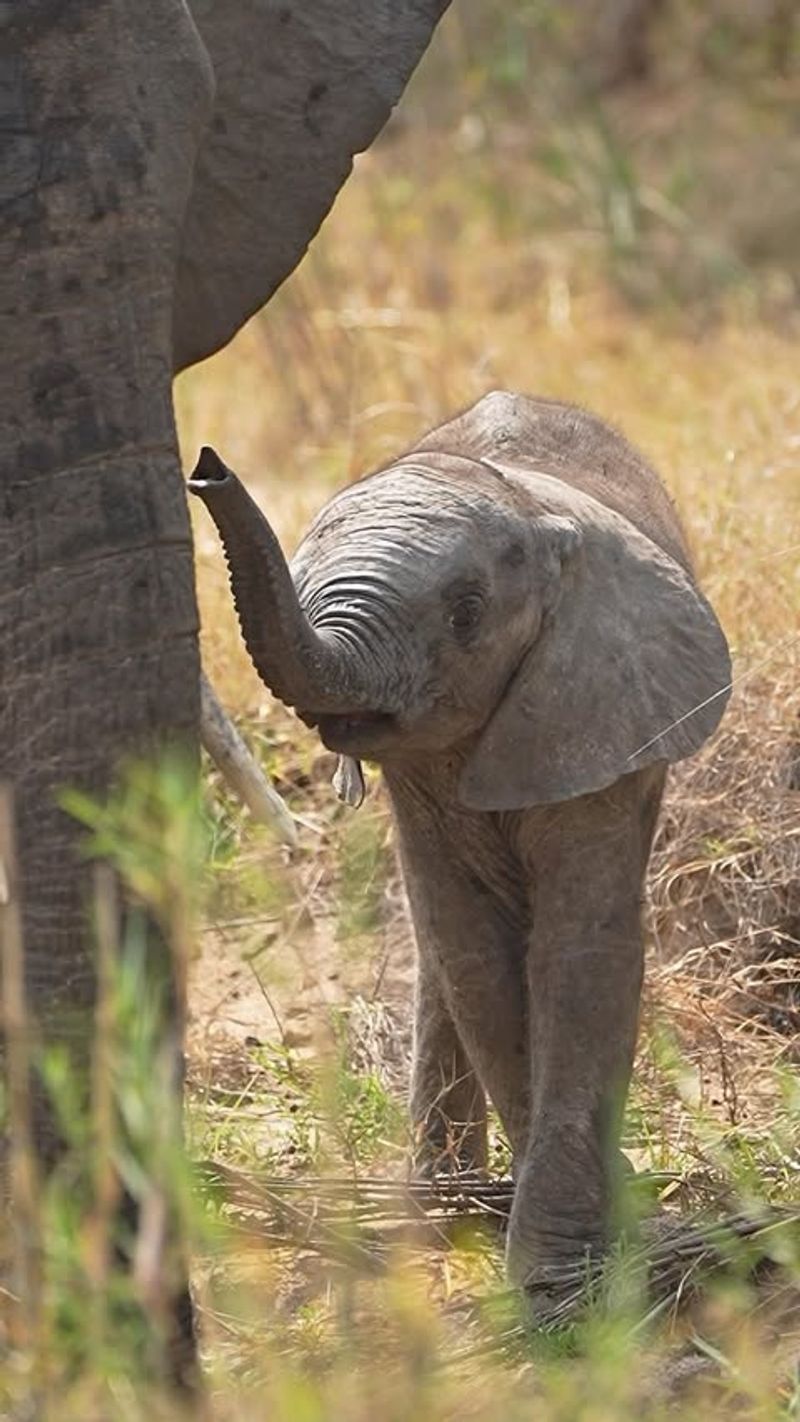
Parental care is a critical similarity between humans and many animal species. Mothers in both realms exhibit protective, nurturing behaviors to ensure the survival of their offspring. In humans, parenting involves emotional bonding, teaching, and providing for a child’s needs.
Similarly, in the animal kingdom, species like penguins, elephants, and lions display dedicated parental care, often involving sacrifices to protect and nurture their young.
9. Problem Solving
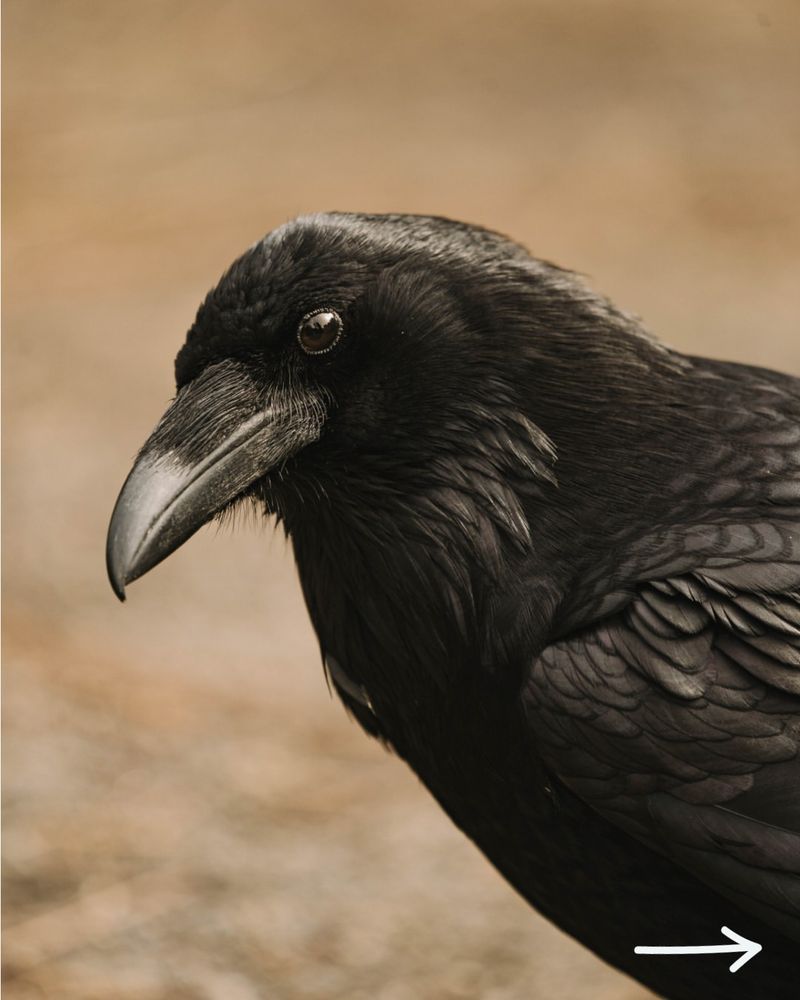
Problem-solving is a shared trait between humans and various animal species, illustrating cognitive capabilities and adaptability. Humans solve complex problems daily, using logic, creativity, and technology.
Similarly, animals like crows and octopuses demonstrate remarkable problem-solving skills by using tools and strategies to obtain food or escape challenges. These actions highlight intelligence and the ability to adapt to changing environments.
10. Altruistic Behavior
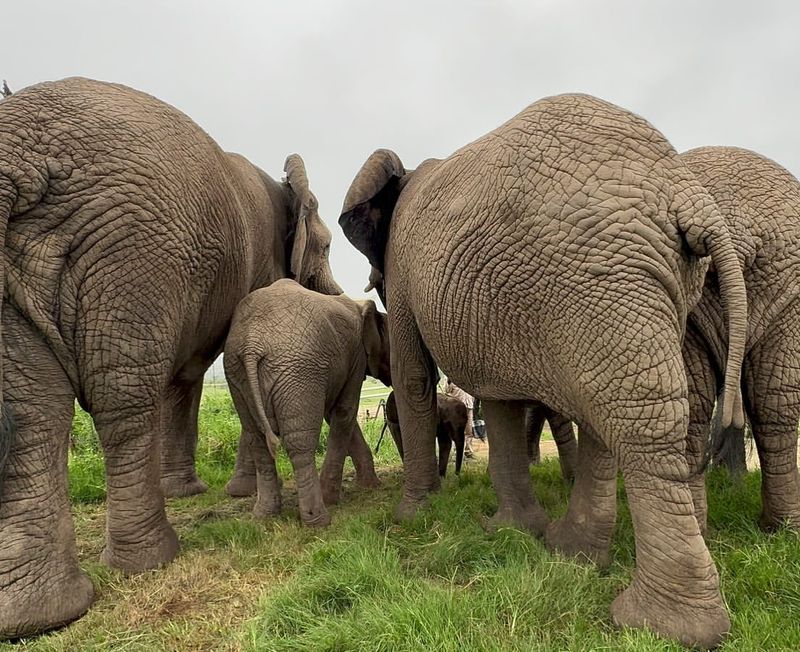
Altruism, or selfless behavior, is prevalent among humans and animals, showcasing deep social bonds and empathy. Humans often engage in altruistic acts, such as helping others without expecting a reward.
In the animal kingdom, dolphins are known to protect injured pod members, while elephants show concern for the wellbeing of other herd members. This behavior strengthens social ties and enhances group survival.
11. Learning Through Imitation
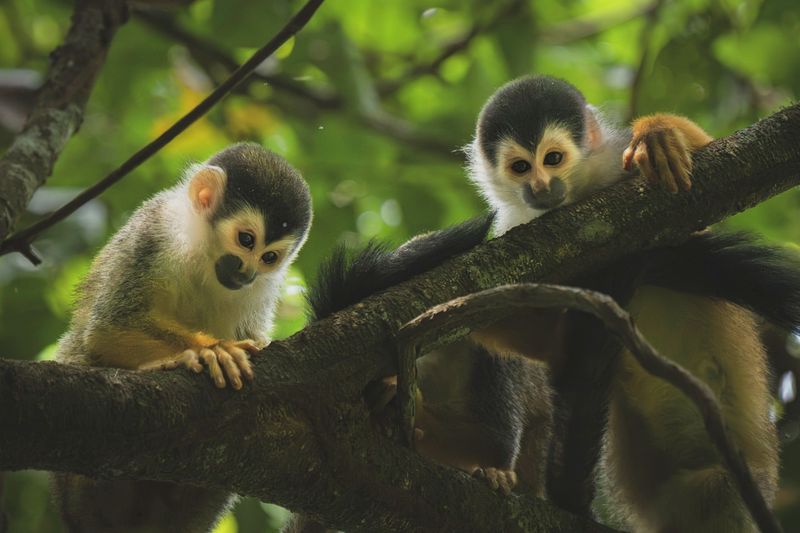
Learning through imitation is a prevalent method among humans and some animal species, facilitating the transfer of knowledge and skills. Human children often learn by observing and copying adults, acquiring language, behaviors, and social norms.
Similarly, animals like monkeys and birds imitate peers to learn survival skills, such as finding food or avoiding predators. This form of learning emphasizes the importance of social interactions in the development of both humans and animals.
12. Facial Recognition
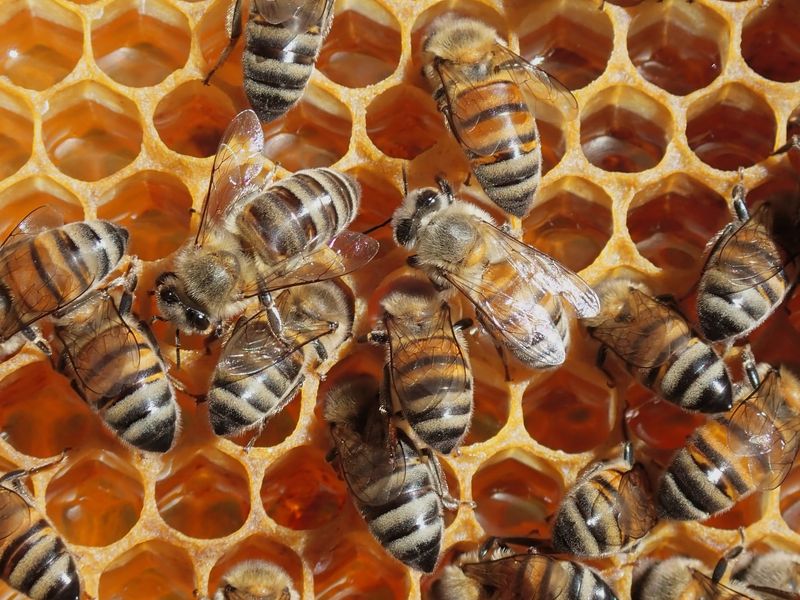
Facial recognition is a skill shared by humans and some animals, crucial for social interactions and survival. Humans possess an innate ability to recognize familiar faces, aiding in social bonding and communication.
Similarly, animals like sheep and primates can identify individuals within their groups, facilitating social cohesion and hierarchy. This ability to recognize faces reflects an evolutionary advantage in maintaining social connections and avoiding threats.
13. Memory Capacity
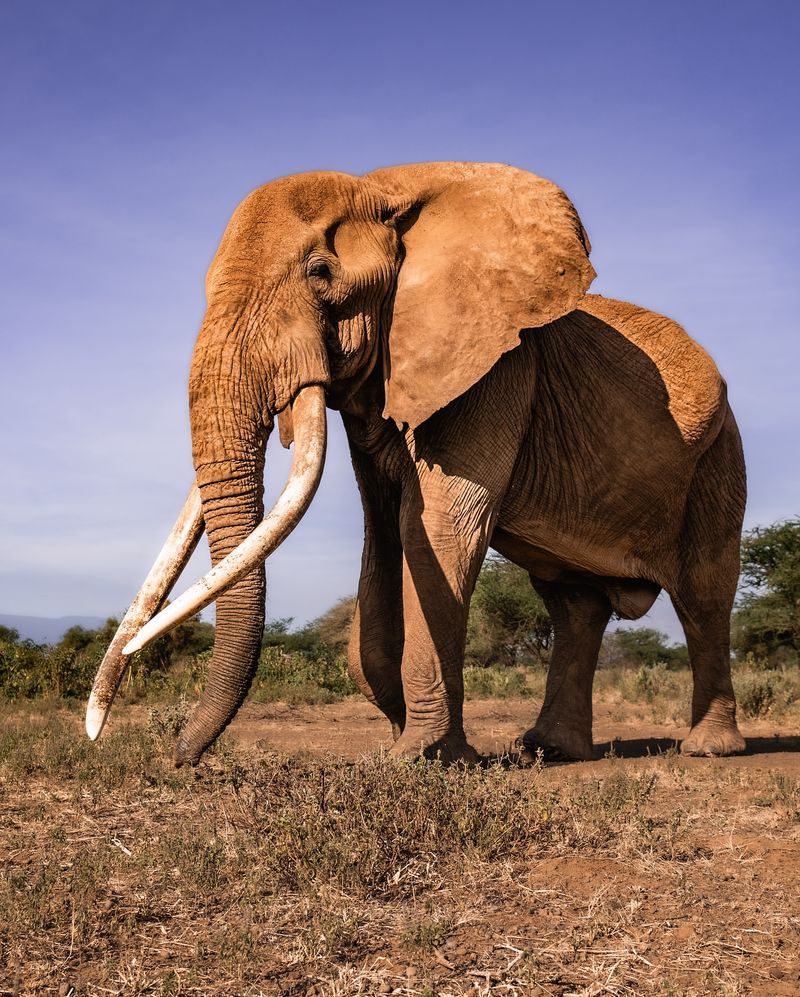
Memory capacity is a remarkable similarity between humans and certain animal species, enabling them to retain and recall information essential for survival. Human memory allows for the recollection of experiences, learning, and cultural knowledge.
In the animal kingdom, elephants demonstrate impressive memory by remembering water sources and migration routes. This ability ensures survival during challenging times.
14. Complex Vocalizations
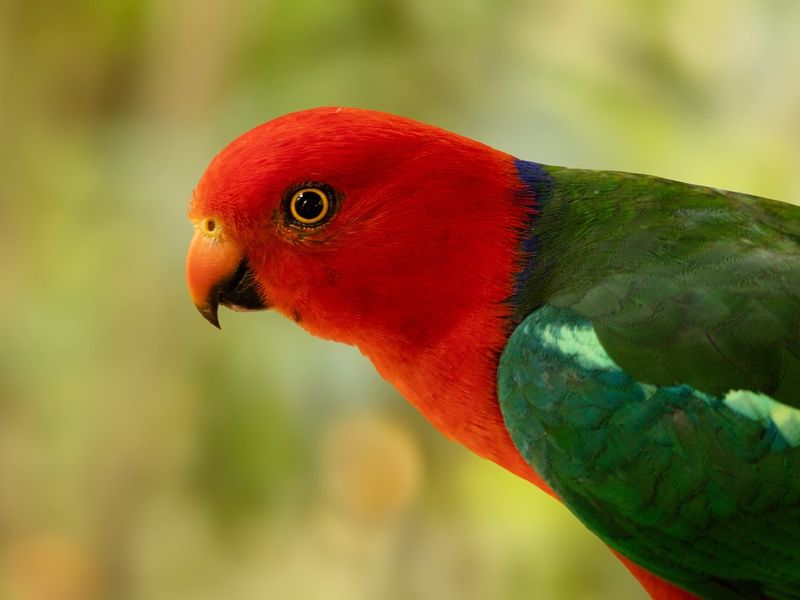
Complex vocalizations are observed in both humans and animals, serving as a means of communication and expression. Humans use language to convey thoughts, emotions, and information, showcasing advanced vocal abilities.
Birds, like parrots and songbirds, produce intricate vocalizations, mimicking sounds and creating melodies. These vocal skills are used for attracting mates, establishing territory, and social interaction.
15. Cooperative Hunting
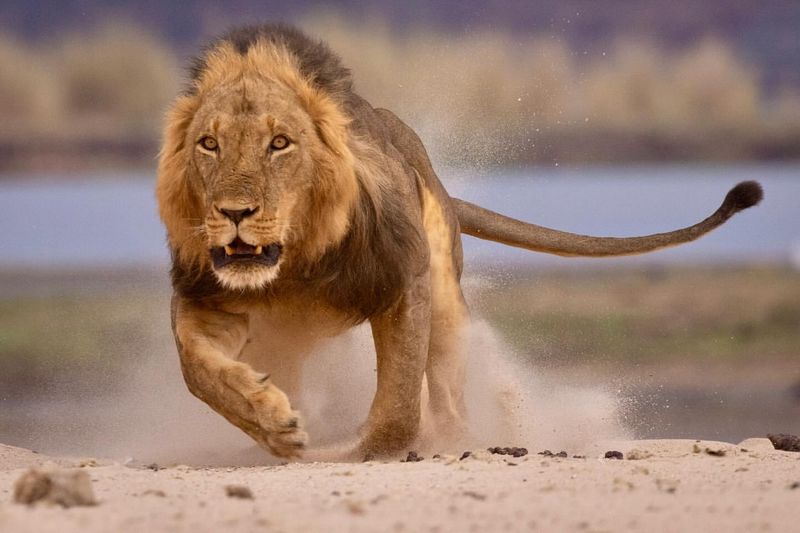
Cooperative hunting is a fascinating behavior seen in both humans and certain animal species, exemplifying teamwork and strategy. Humans have hunted in groups for centuries, using tools and communication to capture prey.
Wolves, on the other hand, coordinate hunts as a pack, using strategic positioning and communication to overwhelm targets. This cooperative effort increases success rates and ensures food for the group.
16. Use Of Language
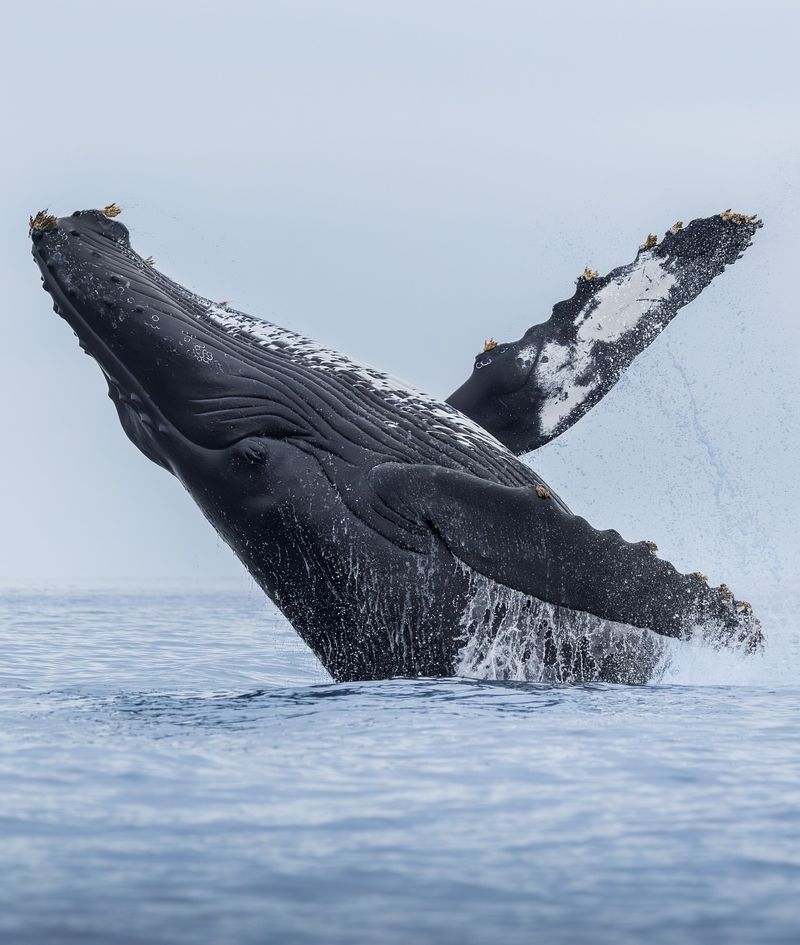
The use of language is a profound similarity between humans and some animal species, facilitating complex communication. Humans speak diverse languages, each with unique structures and vocabularies, enabling nuanced expression.
Whales communicate using distinct calls and songs, which carry information about identity, location, and social bonds. These vocalizations exhibit complexity and cultural transmission, akin to human language.
17. Hierarchy Systems
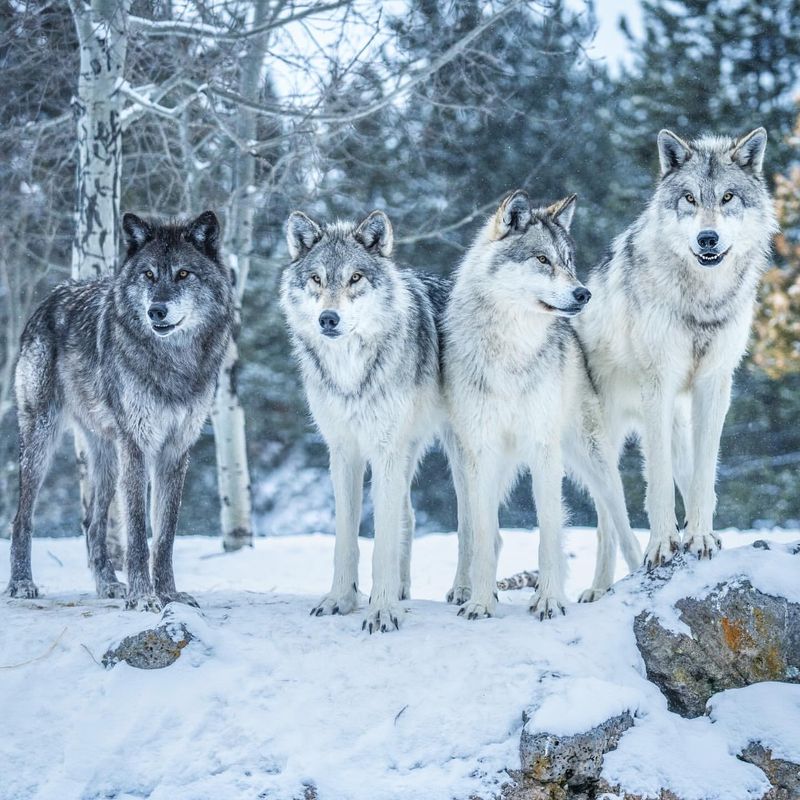
Hierarchy systems are prevalent in human and animal societies, organizing individuals according to roles and ranks. In human organizations, hierarchy facilitates order, decision-making, and resource allocation.
Within animal groups, such as wolf packs or primate troops, hierarchies determine access to resources, mating opportunities, and leadership roles. These structures help maintain cohesion and efficiency.
18. Cultural Traditions
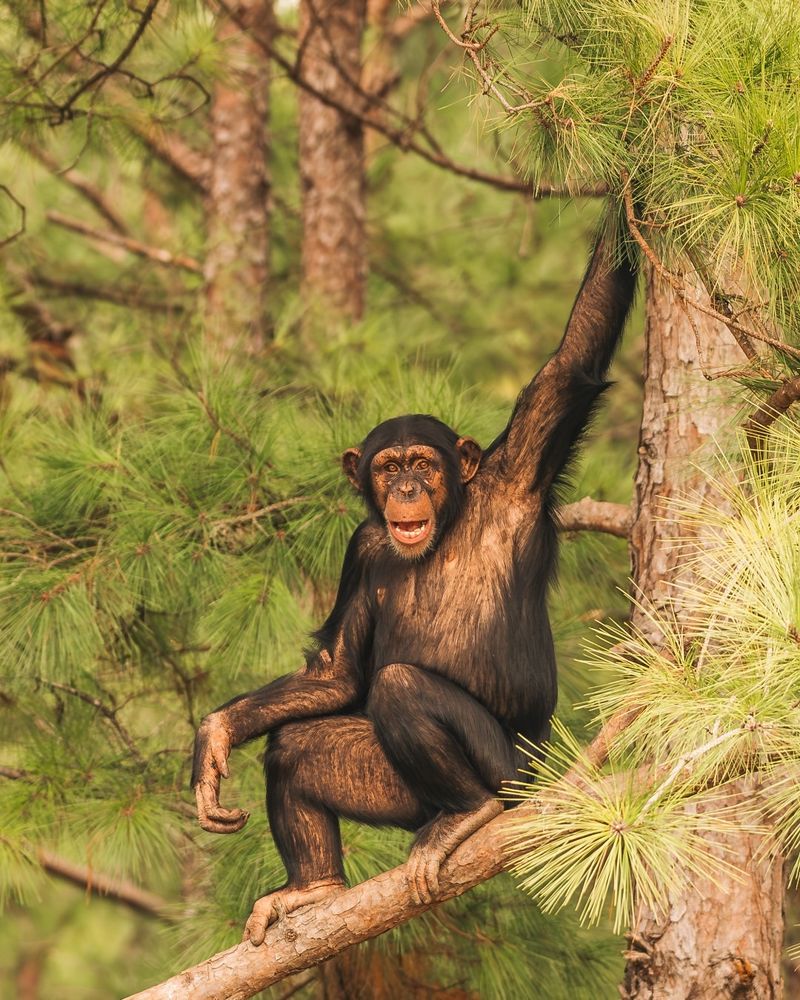
Cultural traditions in humans and animals reveal intriguing parallels in the way customs and behaviors are passed down through generations. Human cultures are rich with traditions that define identity, values, and social norms.
In the animal kingdom, chimpanzees exhibit cultural behaviors such as using specific tools or engaging in rituals unique to their group. These traditions are learned and transmitted socially, enhancing group identity.
19. Problematic Behaviors

Problematic behaviors appear in both humans and animals, reflecting challenges in coping with stress and environmental pressures. Humans may develop addictions or compulsive actions due to various factors, impacting health and relationships.
Similarly, animals like parrots can exhibit repetitive behaviors when stressed or bored, leading to self-harm or social issues. These behaviors often signal underlying needs or imbalances.
20. Mating Rituals
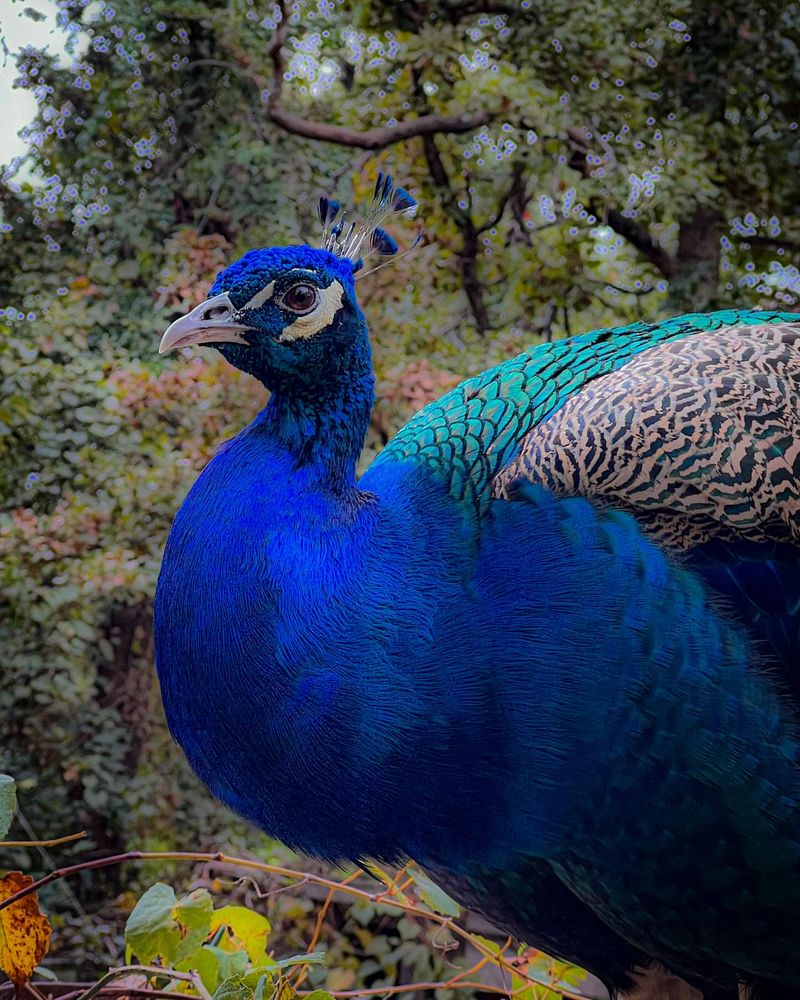
Mating rituals in humans and animals showcase elaborate behaviors designed to attract partners and ensure reproductive success. Human courtship often involves rituals like dancing, gift-giving, and ceremonies to express commitment and affection.
In the animal kingdom, birds like peacocks display vibrant plumage and perform dances to entice mates, highlighting the role of aesthetics and performance in courtship. These rituals serve to strengthen bonds and select suitable partners.
21. Seasonal Migration

Seasonal migration is a phenomenon observed in both humans and animals, driven by environmental changes and survival needs. Human migrations may occur for reasons such as climate, resources, or social factors, often resulting in cultural exchanges.
Animals, like birds and wildebeest, migrate seasonally to access food, breeding grounds, or favorable climates, ensuring survival and reproduction. This movement across regions highlights adaptability and resilience.
22. Territorial Behavior
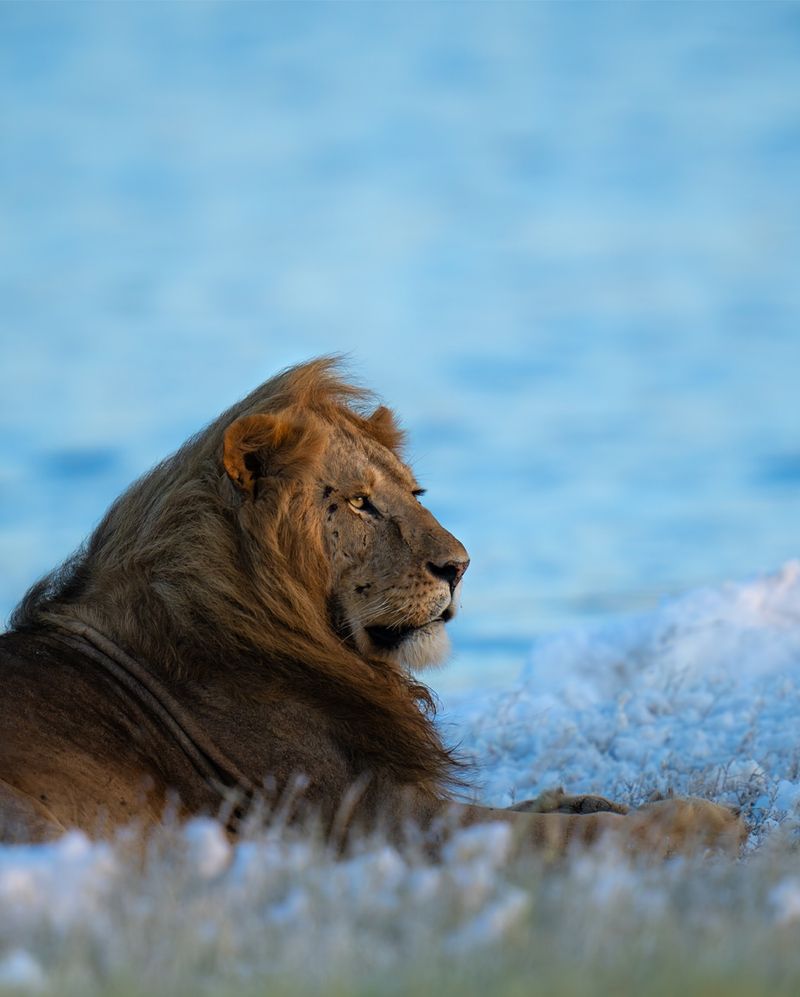
Territorial behavior is a common trait in both humans and animals, marking control over space and resources. Humans establish property boundaries through legal, physical, or symbolic means, ensuring privacy and security.
In the animal world, lions, wolves, and birds mark territories to assert dominance, attract mates, and deter rivals. This behavior is crucial for access to resources and breeding opportunities.
23. Teaching And Learning
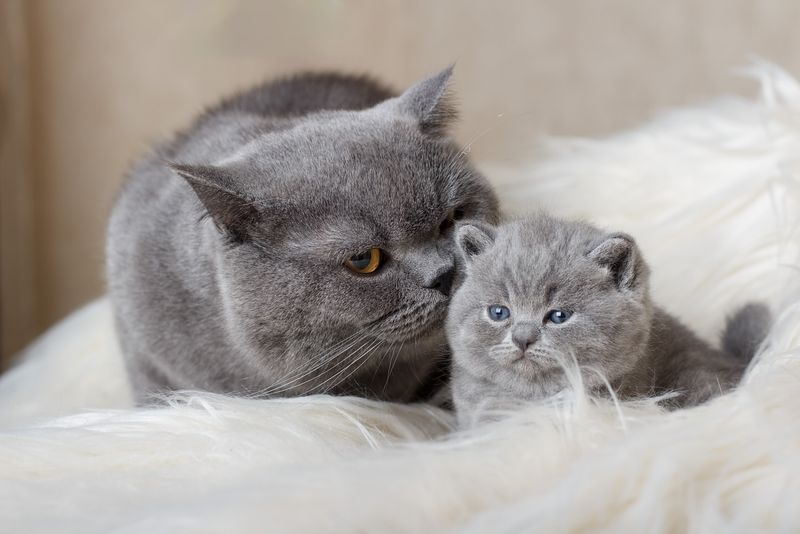
Teaching and learning are integral processes in both humans and animals, facilitating the transfer of knowledge and skills. Humans engage in formal education, using structured methods to teach language, science, and culture.
In the animal kingdom, species like cats and dolphins teach their young vital survival skills, such as hunting or social behaviors, through demonstration and practice. This shared emphasis on learning underscores the role of education in adaptation and evolution.
24. Fostering Creativity
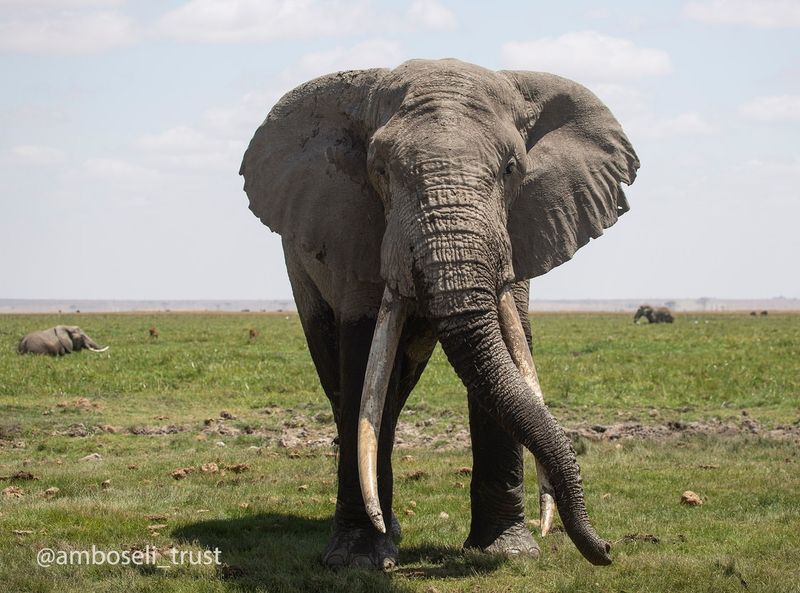
Creativity is a trait shared by humans and some animals, manifesting in artistic and innovative expressions. Humans express creativity through art, music, and innovation, driving cultural and technological advancements.
Elephants, known for their artistic abilities, have been observed painting with brushes, revealing a penchant for creativity and self-expression. This creative expression reflects cognitive complexity and individuality.
25. Grooming Practices
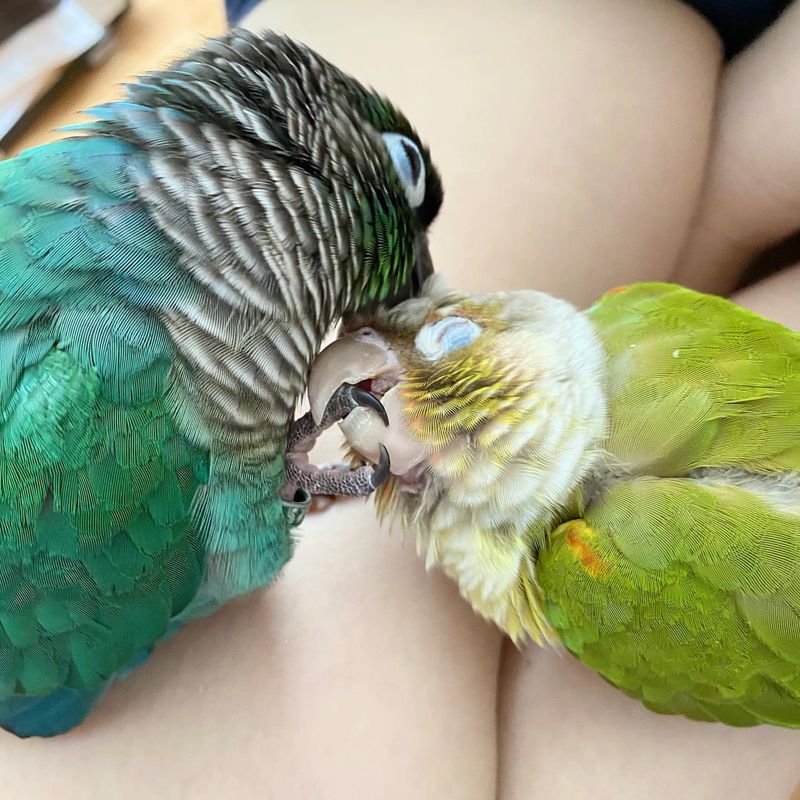
Grooming practices are common in both humans and animals, serving purposes of hygiene, social bonding, and self-care. Humans engage in grooming activities such as haircuts, bathing, and skincare to maintain appearance and health.
Animals like monkeys and birds groom each other to remove parasites, strengthen social bonds, and establish hierarchies. This behavior is essential for group cohesion and well-being.
26. Emotional Support
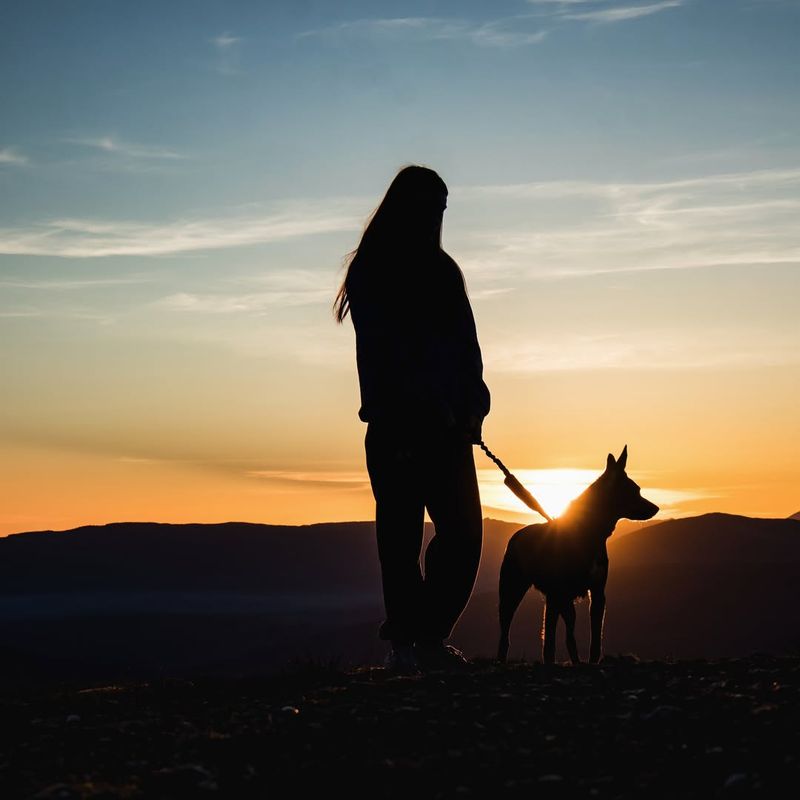
Emotional support is a profound similarity between humans and animals, emphasizing empathy and companionship. Humans provide comfort and understanding to friends and family, enhancing emotional well-being and resilience.
Animals, such as dogs, offer companionship and support to humans, often sensing emotions and providing comfort during distress. This interspecies bond highlights the universal need for connection and empathy.
27. Self-Medication Behavior
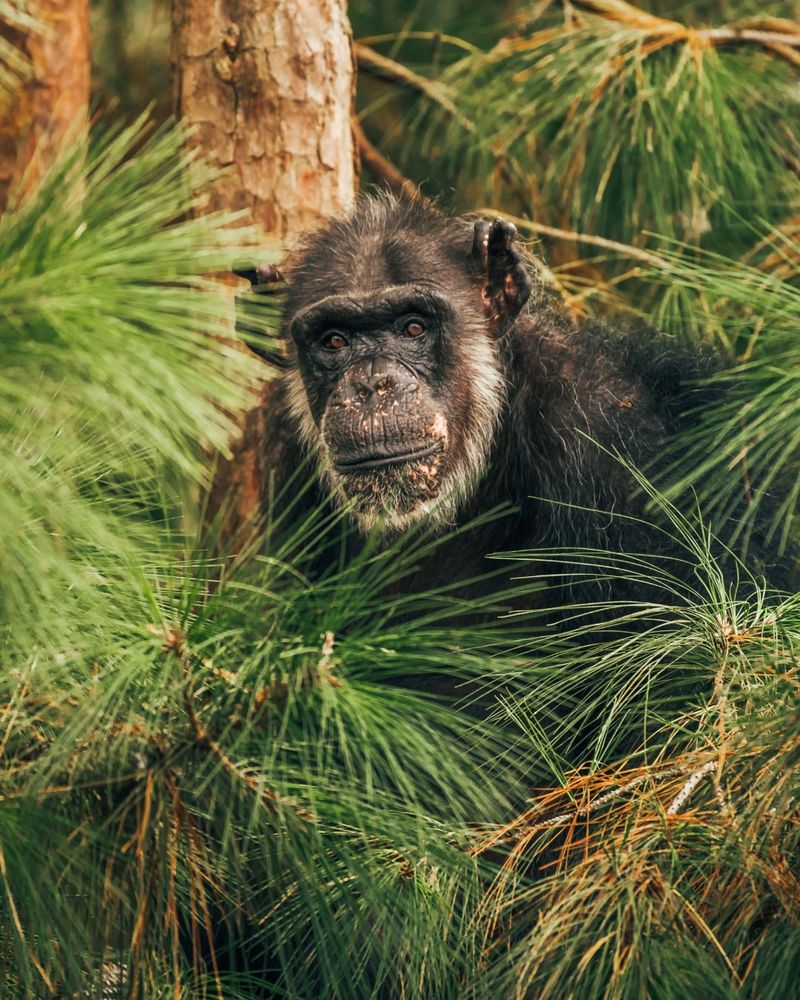
Self-medication behavior is observed in both humans and animals, showcasing an instinctual drive to heal using natural resources. Humans have long used herbal remedies and natural substances to treat ailments and enhance health.
In the wild, animals like chimpanzees have been seen consuming specific plants with medicinal properties to alleviate illness or parasites. This behavior indicates an awareness of the therapeutic benefits of nature.
28. Use Of Strategic Planning
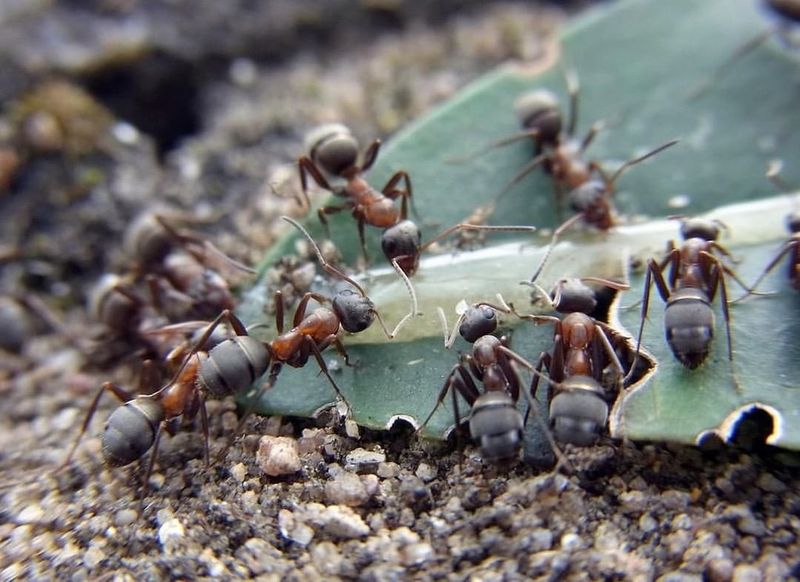
Strategic planning is a trait shared by humans and animals, essential for achieving goals and ensuring survival. Humans engage in planning for personal, professional, and societal objectives, using foresight and organization.
Ant colonies demonstrate strategic planning by organizing food storage, defense, and task allocation to enhance survival and efficiency. This collective effort reflects advanced organizational skills.
29. Use Of Shelter

The use of shelter is a fundamental similarity between humans and animals, providing protection and comfort. Humans construct homes using various materials and designs, reflecting cultural, environmental, and technological influences.
Birds, such as weaverbirds, build intricate nests using twigs and leaves, showcasing architectural skills and adaptability. These shelters offer safety from predators and harsh weather.
30. Adaptation To Environments
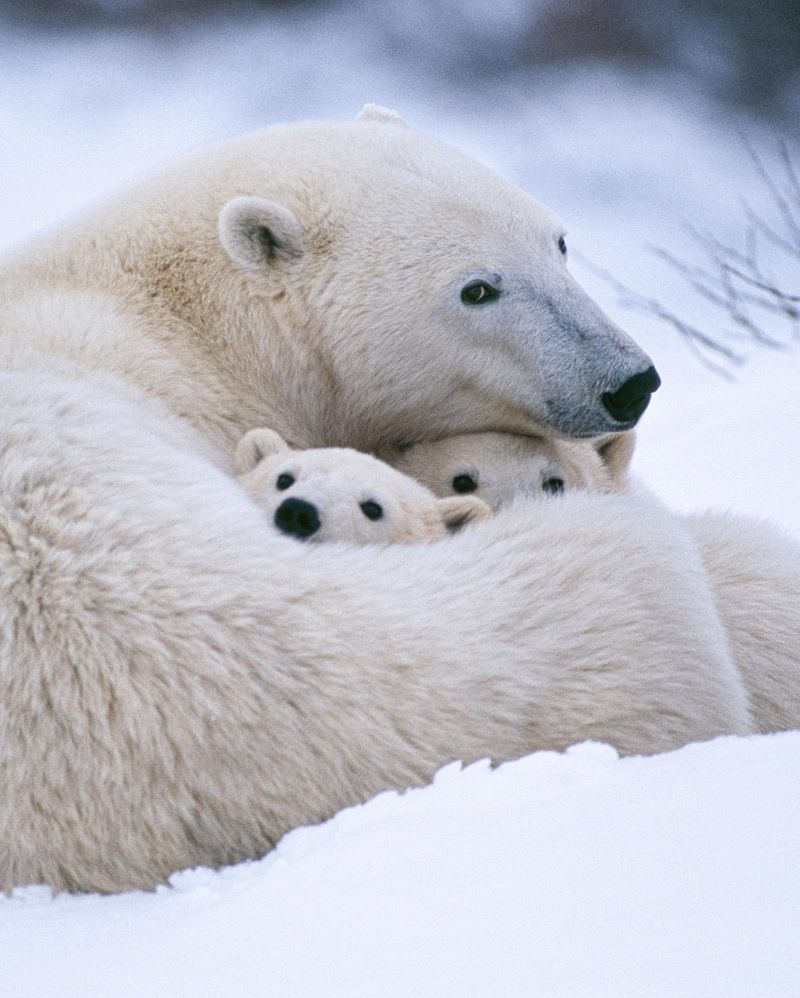
Adaptation to environments is a key similarity between humans and animals, showcasing resilience and flexibility. Humans adapt to diverse climates and landscapes through clothing, technology, and cultural practices, optimizing survival and comfort.
Animals, like polar bears, exhibit physical and behavioral adaptations to thrive in extreme environments, ensuring access to food and warmth. This adaptability reflects evolutionary success and survival strategies.
31. Sensation Seeking
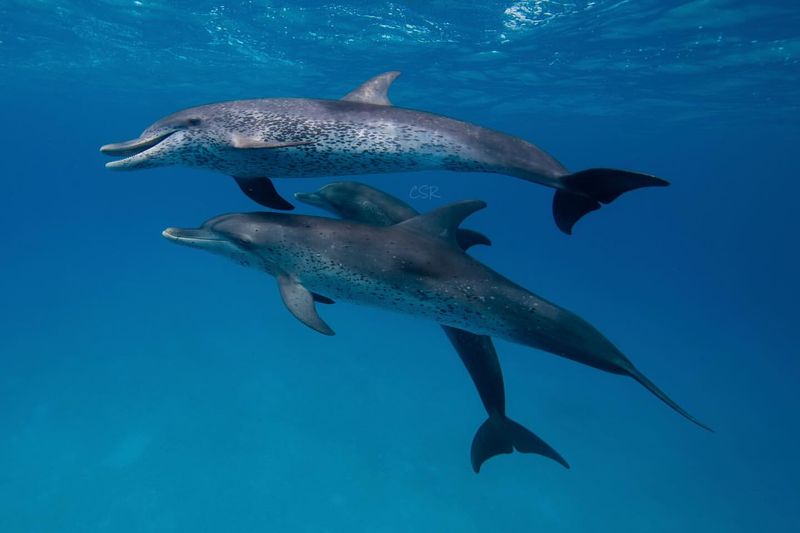
Sensation seeking is a trait shared by humans and animals, driving exploration and thrill-seeking behaviors. Humans pursue activities like skydiving, surfing, or mountain climbing for adrenaline and excitement.
Similarly, animals like dolphins leap out of the water or engage in playful acrobatics, displaying a love for thrill and exploration. This behavior often stimulates mental and physical activity, enhancing learning and adaptation.
32. Self-Awareness
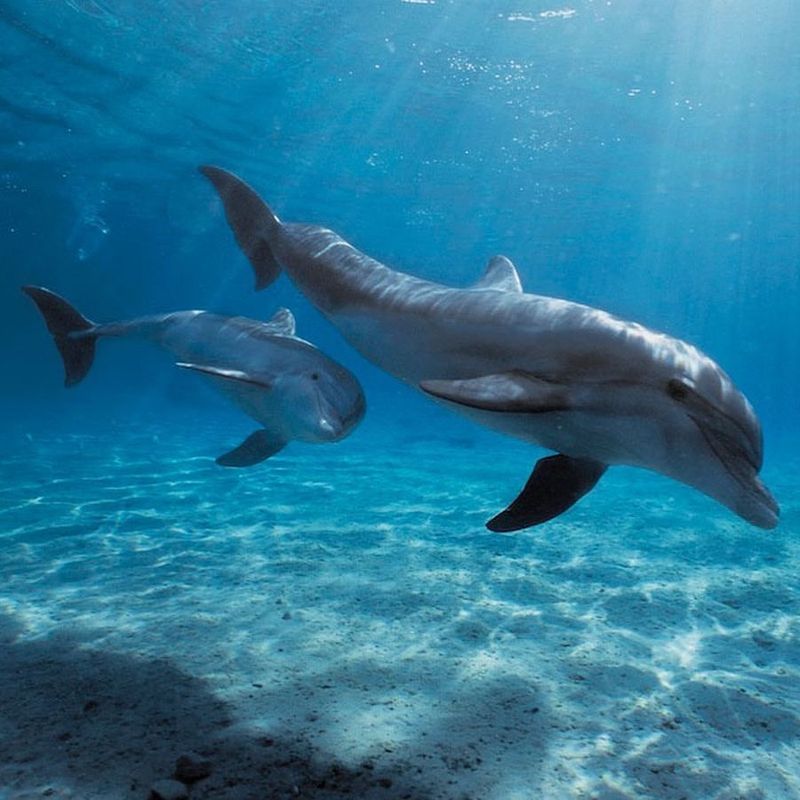
Self-awareness is an intriguing similarity between humans and certain animals, reflecting cognitive complexity and understanding of individuality. Humans possess self-awareness, enabling introspection, identity formation, and personal growth.
Dolphins and great apes demonstrate self-recognition in mirrors, indicating a level of self-awareness and cognitive sophistication. This ability enhances social interactions and adaptability.
33. Nurturing Relationships
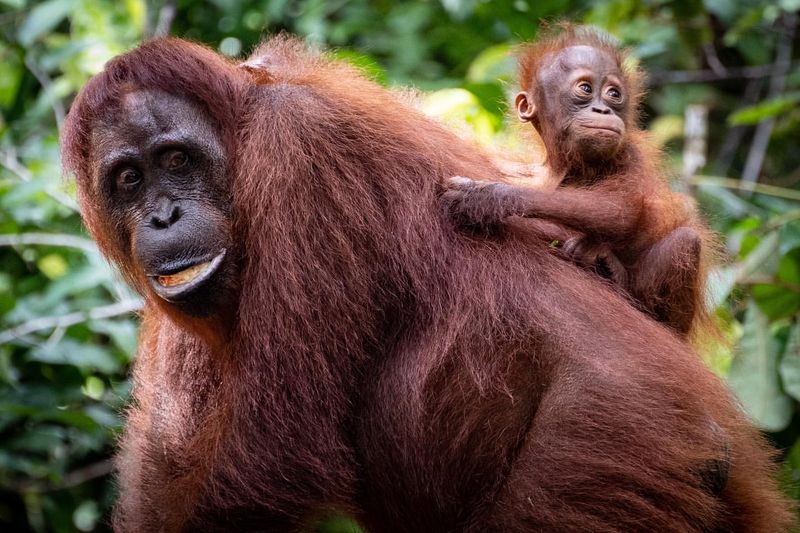
Nurturing relationships are a common bond between humans and animals, emphasizing love, care, and support. Humans nurture relationships with family and friends, providing emotional and physical support to enhance well-being.
Animals, such as orangutans, display nurturing behaviors by cuddling, grooming, and protecting their young, ensuring their growth and development. This shared dedication to nurturing relationships highlights the universal need for connection and care.
34. Balance And Coordination
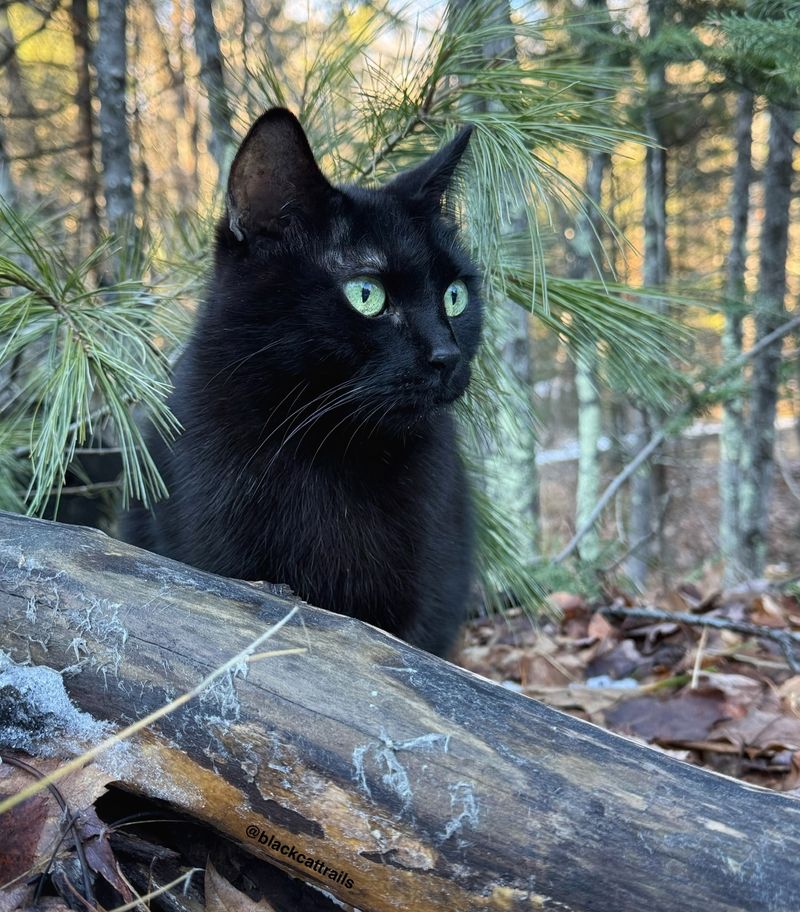
Balance and coordination are shared attributes between humans and animals, essential for movement and interaction with the environment. Humans use balance and coordination in activities like gymnastics, dance, and daily movements, enhancing agility and control.
Animals, such as cats, exhibit remarkable balance and coordination while navigating narrow or elevated spaces, aiding in hunting and exploration. This physical acumen reflects evolutionary adaptations for survival.

